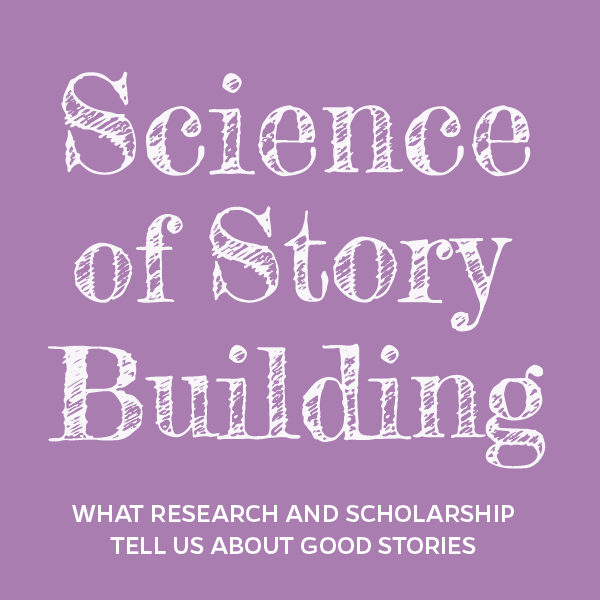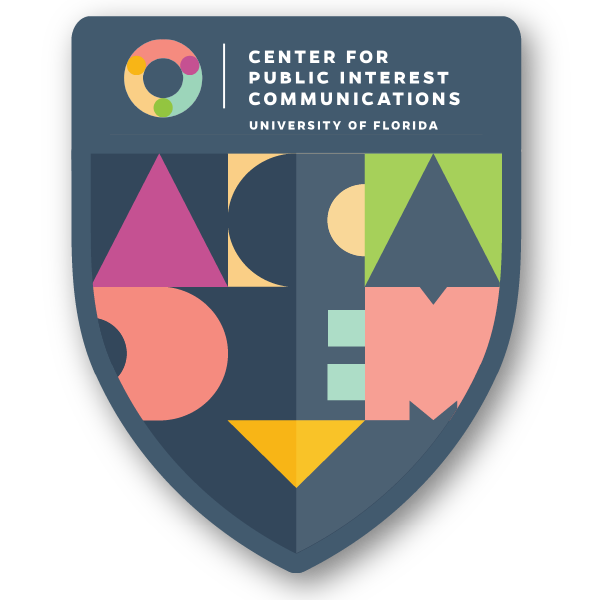
Storytelling is the best tool we have for transforming culture and changing systems. This has become a fundamental belief in the social change sector. Many organizations tell stories about their work and the issues they work on to capture attention, increase emotional engagement and drive behavior change.
But what do we know about building stories? How can we build stories that illustrate the importance of our work? What makes one story more compelling than another? How can we use storytelling to get people to care about the issues?
“In contrast to our vast knowledge of how science and logical reasoning proceed, we know precious little in any formal sense about how to make good stories.”
JEROME BRUNER – PSYCOLOGIST
For the last few years, the Center team has been curating insights from behavioral, cognitive and social science to formalize the science of story.
We’ve curated seven principles that can help story builders activate as they create the stories they use to accomplish their goals.
Why Story?
Research in a range of disciplines has demonstrated time and time again that story is humanity’s superpower.
It’s how we learn about and make sense of the world. It’s how we organize complexity. And it’s what makes us happy.
As strategic communicators, we can harness this power to help us accomplish our goals. We know that story has the power to:
- Make the new seem familiar
- Make the familiar seem new
- Capture our attention
- Help increase empathy
- Reduce counter-arguing
- Increase trust
How we tell stories:
- Intentional structure of a story
- Using emotion with intention
- Activating the power of deceptive cadences
- Activating narrative transportation
- Purposeful empty and full space in stories
How we choose stories:
- Examining dominant and counter-narratives
- Verisimilitude
Recommended Resources
Science of Story Building
Our “Science of Story Building” webpage on Medium explores the strategic use of narrative techniques rooted in cognitive and behavioral science to create more compelling and impactful stories. The content we’ve published emphasizes the importance of leaving “empty spaces” in storytelling, allowing changemakers to engage more deeply by inserting their own experiences and interpretations, while also providing rich details to challenge biases and create vivid imagery.


Our Training Programs
We offer strategic communications training programs rooted in behavioral, social, and cognitive science to help changemakers achieve their social impact goals. Our workshops, led by expert instructors, cover a range of topics including science communications, how to create lasting change, and strategic communications for scholars, with the option for customized training to meet specific organizational needs.
Think we can help with your goals? Complete the form above to get started, tell us a bit about your project and inquire how we might help.
